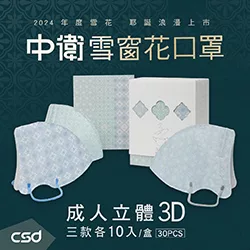Pupil refers to a black hole located in the center of the iris that permits light to enter the eye and strike the retina. Light rays entering the pupil are either absorbed directly by the tissues inside the eye or absorbed after diffuse reflections within the eye that generally miss exiting the narrow pupil. This makes the pupil appear black. Pupil reacts to stimuli such as contraction in response to near fixation and brightness, and dilation as a response to mental effort and arousal. The pupil’s image seen from the outside is referred to as entrance pupil. It does not exactly correspond to the location and size of the physical pupil as it is magnified by the cornea. Pupil testing can expose severe neuro-ophthalmic and retinal disease and thereby must be incorporated in the eye examination. This book unfolds the innovative studies on the pupil. It aims to serve as a resource guide for students and experts alike and contribute to the growth of the research on the anatomy, physiology and clinical applications of pupil.



 天天爆殺
天天爆殺  今日66折
今日66折 
























 博客來
博客來 博客來
博客來 博客來
博客來 博客來
博客來 博客來
博客來